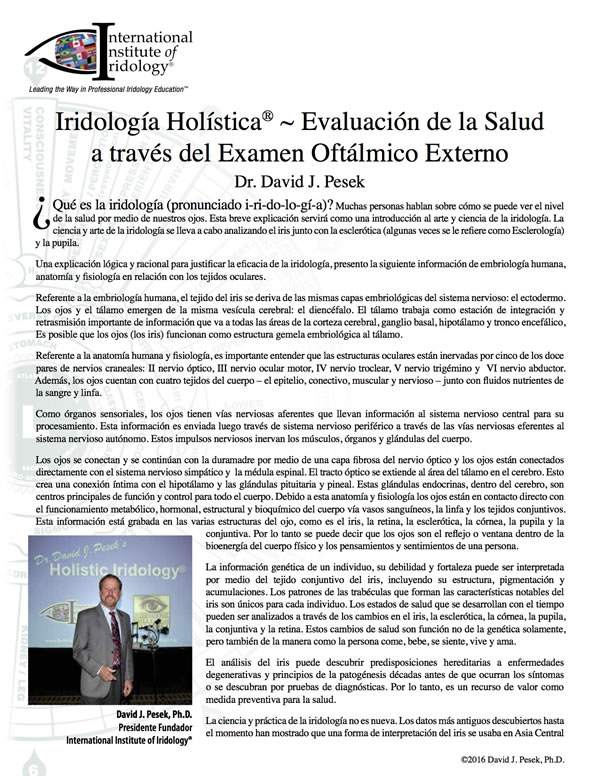
However, the situation is not so bright when it comes to the student-teacher ratio in the school-age population. Spain now has some of the highest proportions of young people going on to higher education in Europe. Since the 1960’s, university enrolments have nearly quadrupled. Over recent decades, the Spanish education system has enjoyed a huge success in getting the population into higher education. Here students enjoyed the right not to receive instruction that violated their religious beliefs.
OVERVIEW IN SPANISH FREE
Schools were sorted into three categories: free public schools respecting diverse religious beliefs, private schools offering paid education and religious schools. In the 1980’s, the educational system was challenged and a new law on the right to education was introduced. Private education is not necessarily associated with elite education, as is often the case in other western European countries. The quality of private sector schools varies greatly and as many of them are severely underfunded. There are also a considerable number of religious schools, which often offer a high quality of education. Some of which are subsidised by the government and offer primary education free or at a reduced fee.

Primary education is free and mandatory and there exists an extensive network of private schools. However, Spain has traditionally spent less on education than other western European countries. In Spain, education serves as an important instrument in national integration by promoting equal opportunities as well as democratic, social and cultural-values.

Addition to which, providing useful information on training practices and placements. The following section highlights the general business and educational environment of Spain and focuses on the attitudes and values of the Spanish. General information on geographical, historical and political facts on: In the northern region there are also iron and steel works, a number of engineering industries, chemical plants and shipbuilding facilities. The main manufacturing centre of Spain is the capital, Madrid and industry is primarily concentrated in few regions in Catalonia, in particular around Barcelona, and in the Basque provinces.

Historically, Spain’s primary industrial sectors have been food, textile, electronics production, highly developed machinery, including automobile plants, railroad foundries and workshops and industrial equipment plants. Spain is now a parliamentary democracy, a member of international organisations including the United Nations and NATO and has been a member state of the European Union since 1986. After this date, Spain set out on its path towards democracy and the setting-up of a modern market economy. Including sponsoring the successful journey of Christopher Columbus (Cristoforo Colombo) and his discovery of the new world.Ī more recent milestone in Spanish history was the death of General Francisco Franco in 1975, which ended a 40 year period of dictatorship. At that time, Spain was one of the world’s major powers with significant overseas activities. This was particularly so in the 15th century, when the country started to flourish under the rule of Ferdinand of Aragon and Isabel of Castile.

Every statute is written into the Constitution and forms an integral part of the set of Spanish State laws. The country contains 17 autonomous regions and two autonomous cities (Ceuta and Melilla on the North African coast) and each region has its own institutional statute. Spain is a very diverse country and each region has its own unique character and distinctive atmosphere. Northern and mountainous regions, the climate is tougher and it is usual to see snow from the winter months until the end of spring. The south eastern part of the country is semi-dry and the Canary Islands are subtropical. In the Pyrenees and Sierra Nevada, the climate is alpine. In particular, winters are mild and summers are hot in the coastal regions, with high rainfall in the Cantabrian area. The climate in Spain is for the most part Mediterranean. Spain is in the Central European time zone and adheres to CET (UTC+1) during the winter and CEST (UTC+2) during the summer months from March to October. The population of Spain was 46,790,476 as of Friday, J, which is very similar to 2011 when the population was 46,815,916. Spain extends 505,182 km 2 over the Iberian Peninsula to the southwest of Europe.


 0 kommentar(er)
0 kommentar(er)
